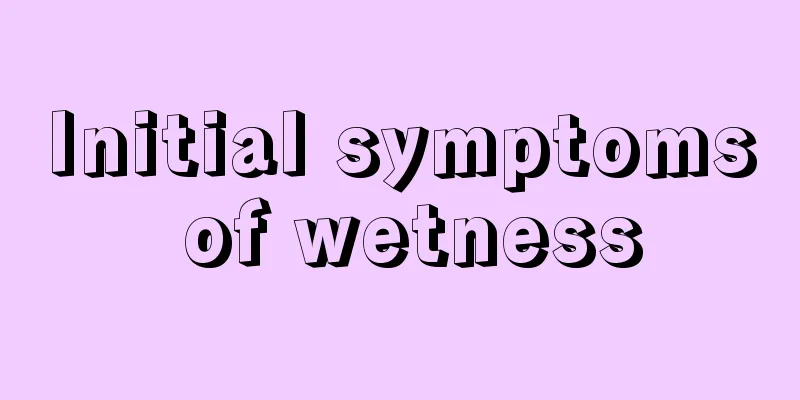What are the hazards of dust to human body

|
If we want our lungs to be healthy, we must stay away from dust. According to the nature of the dust, it can be divided into three different types: inorganic dust, artificial inorganic dust and mixed dust. In fact, dust not only harms the human lungs, but also causes certain harm to other parts of the human body. Therefore, people must pay attention to the harm of dust to the human body and stay away from the harm of dust in daily life. Depending on its chemical properties, dust can cause fibrosis, poisoning, sensitization and other effects on the human body, such as the fibrosis effect of free silica dust. Dust with a diameter less than 5μm (aerodynamic diameter) is more harmful to the human body and can easily reach deep into the respiratory organs. The concentration of dust is also related to the degree of harm to humans. Systemic effects: Long-term inhalation of high-concentration dust can cause systemic diseases (pneumoconiosis) characterized by diffuse and progressive pulmonary fibrosis. If toxic dusts such as lead, copper, zinc and manganese are inhaled, they can dissolve and be absorbed on the bronchial walls, and then be carried to all parts of the body by the blood, causing systemic poisoning. Lead poisoning is chronic, but if the poisoned person has a fever, or takes certain medicines or drinks too much alcohol, it may also cause an acute attack of poisoning; excessive inhalation of copper fumes may lead to hemolytic anemia; zinc produces zinc oxide fumes when burned, and people develop a "metal fume fever" disease similar to malaria after inhalation; long-term inhalation of manganese and its oxide dust or fumes will have adverse effects on the central nervous system, respiratory system and digestive system. Local effects: Contact or inhalation of dust will first cause local irritation to the skin, cornea, mucous membranes, etc., and produce a series of lesions. If dust acts on the respiratory tract, it can cause hyperfunction of the nasal mucosa and dilation of capillaries in the early stage, which will form hypertrophic rhinitis over time, and finally form atrophic rhinitis due to insufficient nutrition supply to the mucosa. It can also cause pharyngitis, laryngitis, trachea and bronchitis. It can act on the skin and cause acne, folliculitis, and pyoderma. If lead dust penetrates into the skin, some small red spots will appear, which is called "lead rash". Carcinogenic effects: Contact with dusts such as nickel, chromium, and chromate can cause lung cancer; contact with radioactive mineral dust can easily cause lung cancer; asbestos dust can cause skin cancer. Infectious effects: Some organic dusts such as rags, animal skins, grains, etc. often carry pathogens, such as fungi and actinomycetes, which can enter the lungs with the dust and cause pulmonary fungal diseases. To sum up, you should know the harm of dust to the human body. Here I would like to remind all friends that if your working environment requires long-term exposure to dust, you must pay attention to regular physical examinations to see if your body has developed some diseases due to excessive exposure to dust. If so, you must pay attention to timely medical treatment. |
<<: Can surgery cure nasal hypertrophy?
>>: What is the reason for breathing difficulties
Recommend
Does saliva disinfect?
An adult secretes a large amount of saliva every ...
How to store bean sprouts without them going bad
Bean sprouts are usually eaten fresh, and fresh b...
Is what's in the ice pack poisonous?
Ice packs are very common in our lives. For examp...
How to identify liver and gallbladder diseases based on symptoms of damp-heat in the liver and gallbladder?
Damp-heat syndrome of the liver and gallbladder o...
What causes astringent oral mucosa?
Any living thing must absorb nutrients if it want...
Can mild gastric bleeding heal itself?
Our stomach and intestines are responsible for di...
Coughing and vomiting white foamy sputum
Coughing is a common phenomenon in life. Many peo...
How long does the hepatitis A vaccine last?
The hepatitis A vaccine is injected when we are b...
Advanced rectal cancer, lived for six and a half years
Rectal cancer is a common malignant gastrointesti...
What food is better for femoral head necrosis
Patients with femoral head necrosis must pay atte...
Will using a face brush make your pores bigger?
Skin cleansing is the most important part of dail...
What are the sequelae of testicular cancer? There are three types
Testicular cancer affects spermatogenesis, leadin...
I found that many teeth have pit and fissure caries
I believe that most people in life want to have p...
Is it necessary to get the influenza virus split vaccine?
Is it necessary to get the influenza virus split ...
Can advanced ovarian cancer be cured?
The early symptoms of ovarian cancer are not obvi...









